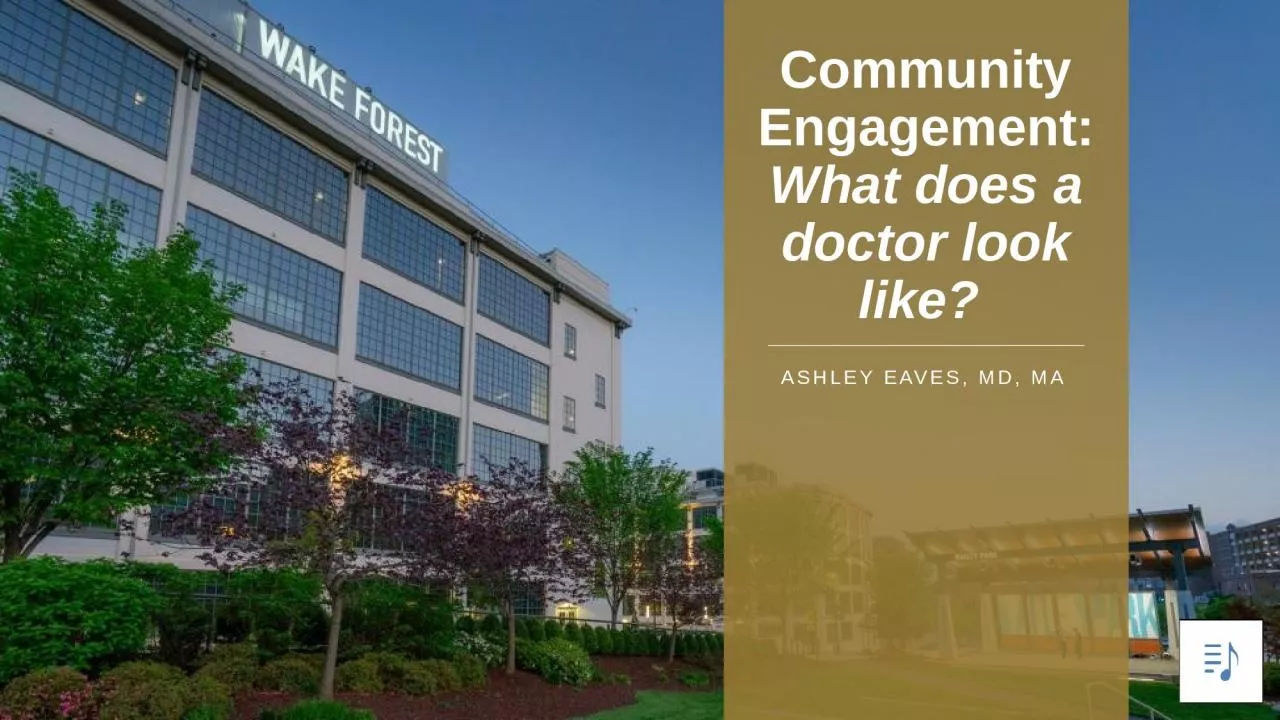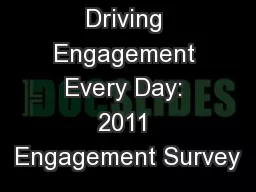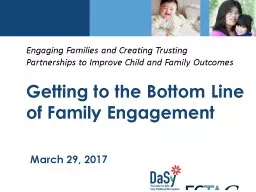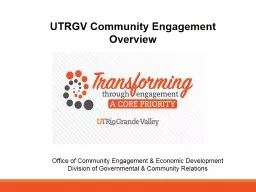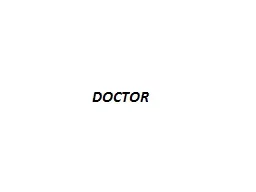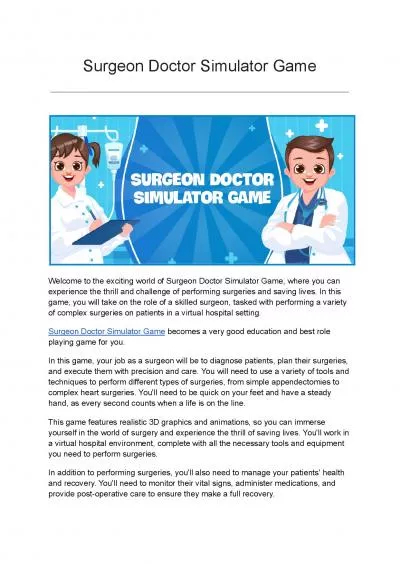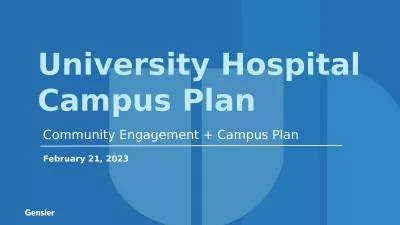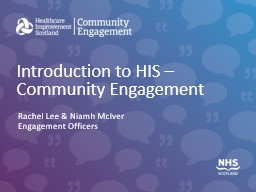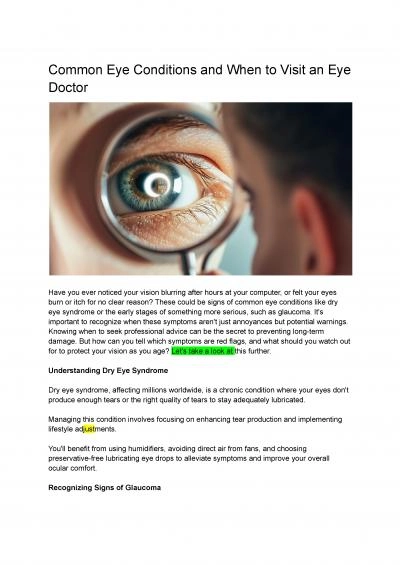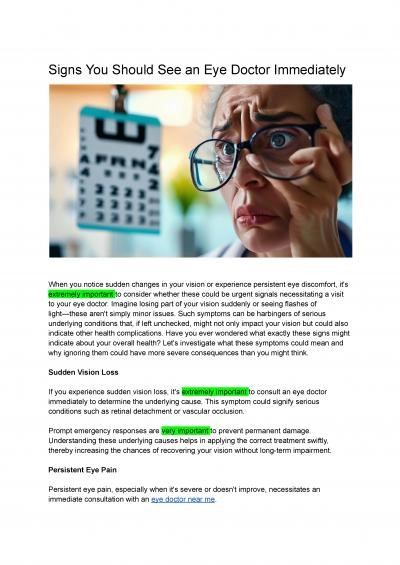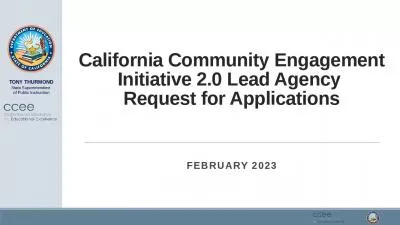PPT-Community Engagement: What does a doctor look like?
Author : audrey | Published Date : 2024-02-03
Ashley Eaves MD MA Background Underrepresented Minorities URMs in Healthcare Professions Impact on Health Equity A diverse healthcare workforce can improve healthcare
Presentation Embed Code
Download Presentation
Download Presentation The PPT/PDF document "Community Engagement: What does a doctor..." is the property of its rightful owner. Permission is granted to download and print the materials on this website for personal, non-commercial use only, and to display it on your personal computer provided you do not modify the materials and that you retain all copyright notices contained in the materials. By downloading content from our website, you accept the terms of this agreement.
Community Engagement: What does a doctor look like?: Transcript
Download Rules Of Document
"Community Engagement: What does a doctor look like?"The content belongs to its owner. You may download and print it for personal use, without modification, and keep all copyright notices. By downloading, you agree to these terms.
Related Documents

